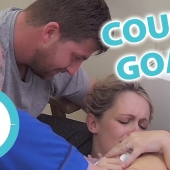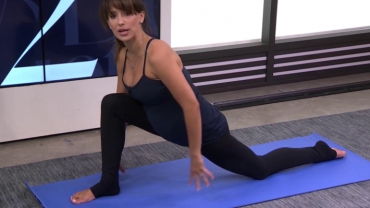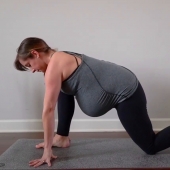During pregnancy and vaginal delivery, the pelvic floor can become stretched and weakened, commonly causing urine control problems (urinary incontinence) for months to years after birth.
A weakened pelvic floor can also allow one or more pelvic organs to sag, as in the case of uterine prolapse. Doing regular pelvic floor exercises (Kegel) helps prevent urine control problems (incontinence) after having a baby.
Named after gynecologist Arnold Kegel, these exercises engage and strengthen your pelvic floor muscles, which hang like a sling between your hips to support your bladder, uterus and other organs and control the flow of urine and the contraction of the vagina and anal sphincter.
Benefits of doing pelvic floor exercises:
- A pelvic floor exercise programme will maintain your pelvic floor tone
- The exercises help you feel connected with what is going on within your body
- The risk of uterine or bladder prolapse is reduced
- Pregnancy, delivery and recovery time can be improved
- Post-partum discomfort from perineal swelling and haemorrhoids is lessened
- The likelihood of perineal tearing or needing an episiotomy is reduced
- Improved sex life can result, as muscle tone of the vagina is maintained
- Urinary incontinence/leakage during pregnancy and after delivery is lessened
- A toned pelvic floor leads to more complete emptying of the bladder and bowel
- Helps to avoid stress incontinence after delivery – small amounts of urine leakage when laughing, sneezing, coughing or lifting something heavy
About video: This video is about Pelvic Floor Exercises (Kegels) for Pregnancy and After Having a Baby. Visit www.BendandBlossom.com
- 19 views













